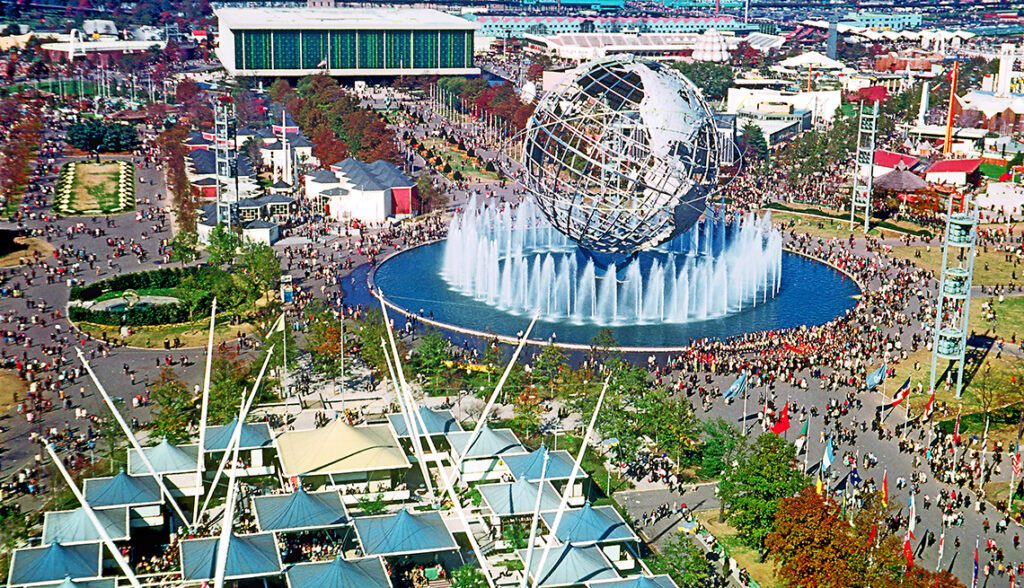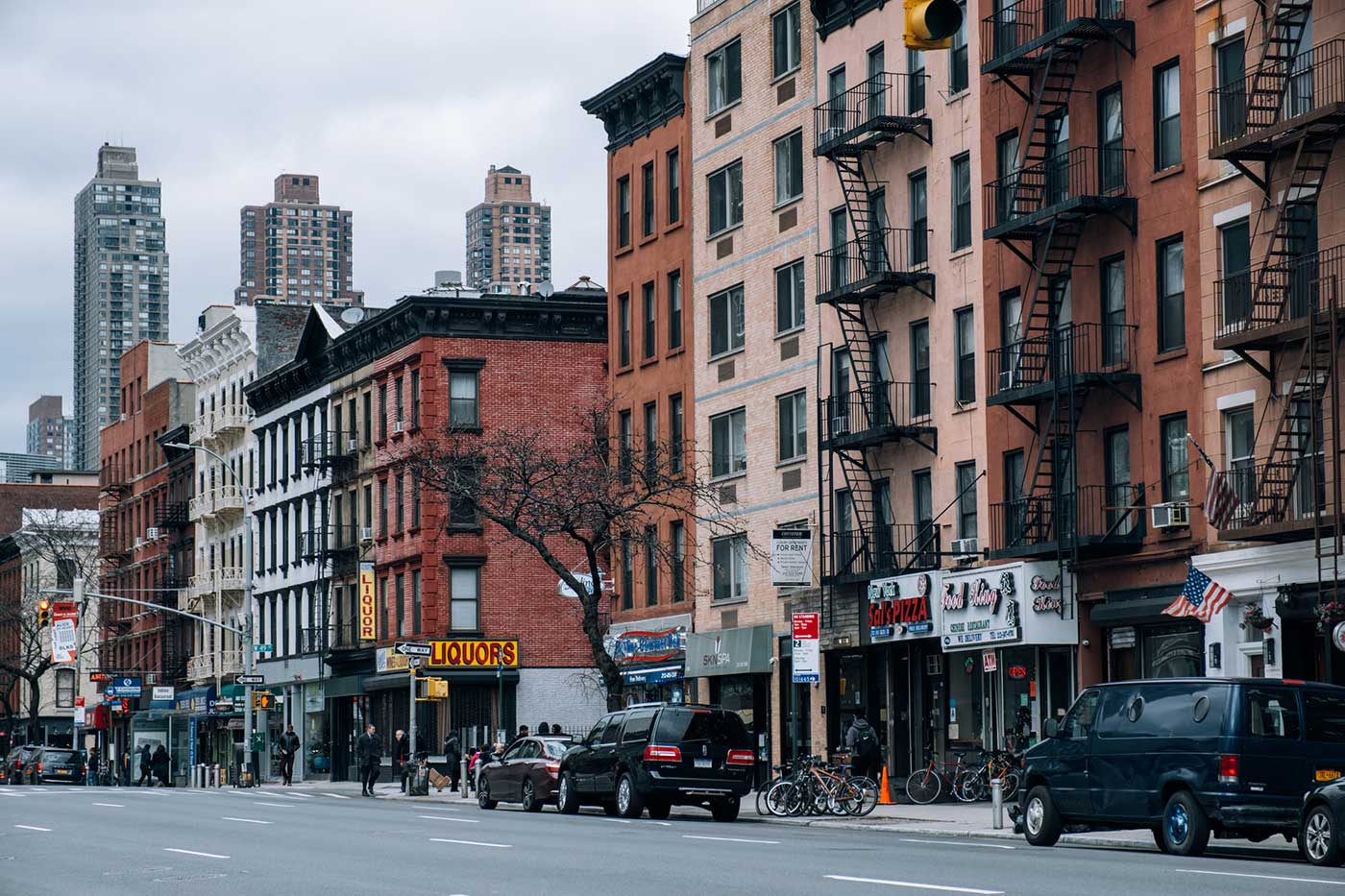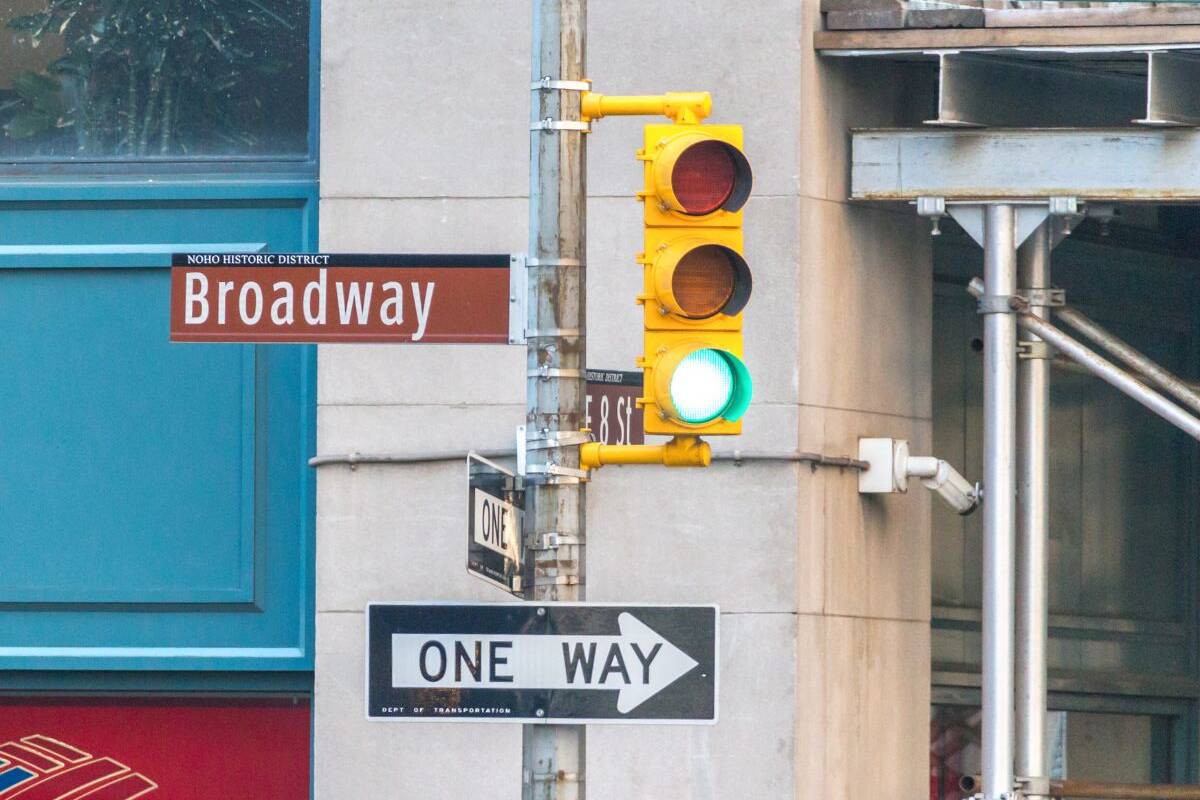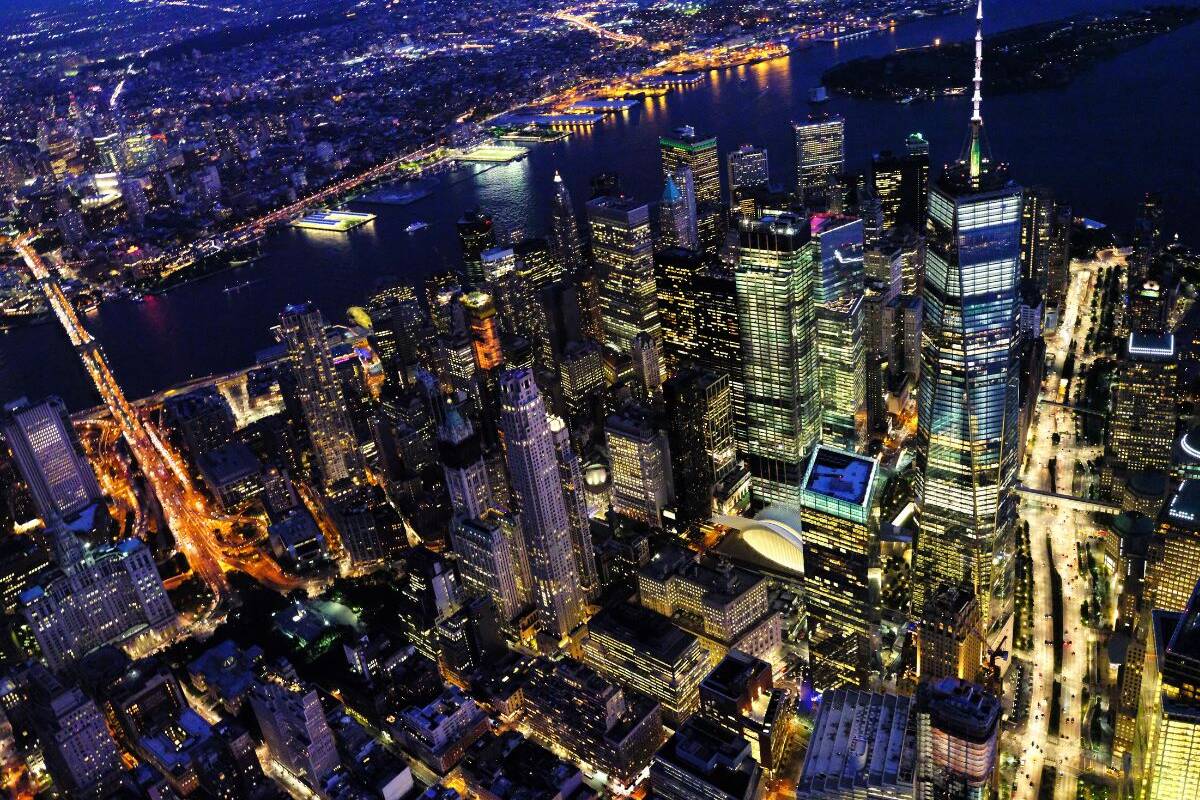Who would’ve thought that right in the middle of bustling Queens is a pretty amazing spot called the Queens Botanical Garden? This 39-acre oasis gives folks a peaceful break from the hustle and bustle of New York City. Now I know some people might think a garden like this has been around forever, but it’s got a cool history that stretches back over 80 years!
Get this – the Queens Botanical Garden actually started out as part of the 1939 World’s Fair. Yep, it was one of the exhibits at the famous fair held in Flushing Meadows-Corona Park. The garden stuck around after the fair and then moved to its current location for the next World’s Fair in 1964. Since then it’s grown a lot bigger, seen some tough times here and there, but eventually turned into the awesome place people love to visit today.
When you look at everything the Queens Botanical Garden has gone through since its World’s Fair days, it’s really neat to see how it transformed from a small exhibit to become such an important green space in NYC.
Table of Contents
Founding of the Garden
The Queens Botanical Garden first opened its gates in 1939 as part of the “Gardens on Parade” exhibit for the New York World’s Fair. Located in Flushing Meadows-Corona Park near the Flushing River, the original garden occupied a corner of the fair grounds that would later become the path of the Van Wyck Expressway.
Key figures who brought the botanical garden to life included the horticulture firm Hortus, Incorporated, which operated the Gardens on Parade attraction. The initial garden design and layout was handled by Gilmore D. Clarke and Michael Rapuano, landscape architects who also famously designed the overall 1939 World’s Fair grounds.
As a World’s Fair exhibit, the Queens Botanical Garden dazzled visitors with floral displays and educational exhibits about the plant world. After the fair’s conclusion, the gardens remained a popular oasis for relaxation and learning within Flushing Meadows-Corona Park. Little did visitors know the garden would soon outgrow its original home.

Relocation and Expansion
In preparation for the 1964-1965 New York World’s Fair, also held in Flushing Meadows-Corona Park, the Queens Botanical Garden needed a new home. In 1963, the gardens were uprooted and moved east across College Point Boulevard to their present-day site.
The new botanical gardens occupied 35 acres of former marshland adjacent to the World’s Fair grounds. Construction commenced on a modern administration building, pedestrian bridge, and various gardens and tree plantings. Several original elements were preserved, including three Blue Atlas Cedar trees transplanted to the new entrance.
The Queens Botanical Garden’s relocation and expansion allowed it to blossom into a world-class institution. In partnership with the 1964 World’s Fair, the gardens continued their educational mission while introducing new attractions like a fragrance garden.
With the fair’s conclusion, the Queens Botanical Garden was poised to become an even greater community resource and refuge.
Evolution into a Community Hub
In the decades after its relocation, the Queens Botanical Garden evolved to better serve the diverse neighborhoods of Queens. By the 1970s, annual attendance reached 300,000 visitors as schools, seniors, gardeners and more enjoyed programming tailored to their interests.
New gardens sprouted up including a Children’s Garden, Herb Garden, and Victorian-style Wedding Garden. Outreach initiatives brought in youth volunteers and offered gardening therapy for those with disabilities. During times of city budget cuts, community members rallied to preserve funding for their beloved garden oasis.
As demographics shifted in the 1990s, the Queens Botanical Garden introduced multicultural programs like a Korean Garden to engage the borough’s Korean population. Workshops, cultural celebrations, and festivals made the gardens a dynamic gathering space.
With deep roots in the community, the Queens Botanical Garden had blossomed into an invaluable resource for recreation, education, and the conservation of nature within an urban environment.
Restoring the Hidden Creek
While the Queens Botanical Garden created beautiful above-ground landscapes, an hidden treasure still flowed beneath it. The original Kissena Creek once meandered through the site before being buried underground decades ago.
In 2001, the Queens Botanical Garden Society announced an ambitious $70 million master plan to day-light Kissena Creek and restore its natural path through the garden. This involved constructing a maze of wetlands, ponds and water features to allow rainfall to filter through plantings and bedrock before entering the sewer system.
By revealing the lost creek, the Queens Botanical Garden aimed to become a model of sustainable urban design through restoration ecology. The project provided habitat for aquatic species while educating visitors about water systems and the area’s natural history.
Recent Transformation
In 2007, the Queens Botanical Garden completed the first phase of its restoration with the opening of the Visitor & Administration Building. As the first Platinum LEED-certified green building in New York City, the center set a new standard for sustainable architecture.
Geothermal heating, on-site water treatment, and a green roof showcase cutting-edge green technology. An environmentally friendly parking lot and cleansing biotope also help the garden reduce its environmental footprint.
Recent years have seen expanded facilities like new greenhouses and outdoor classrooms. Public programs cover everything from orchid shows to farm workshops using produce from the garden’s one-acre educational farm.
Continued community backing, public funding, and private donations allow the Queens Botanical Garden to thrive as a world-class institution that still feels like a neighborhood treasure.
The Garden Today
Today the Queens Botanical Garden spans 39 acres filled with diverse natural landscapes. The Fragrance Walk delights visitors with flowers selected for their scent. A Bee Garden buzzes with pollinator-friendly plantings.Weddings and private events take place in the picturesque Wedding Garden.
The gardens’ lasting focus on conservation comes to life at the Compost Project demonstration site and one-acre farm. Workshops teach sustainable gardening methods to the next generation of urban farmers and gardeners.
Above all, the Queens Botanical Garden remains a peaceful oasis appreciated by its surrounding communities. Its roots run deep, from its founding at the 1939 World’s Fair to its rebirth through thoughtful ecological restoration.
While the borough and city around it continue to change, the Queens Botanical Garden stands strong as a living museum preserving nature’s beauty. It enriches the lives of all who wander its paths in search of inspiration.
Conclusion
It’s pretty cool to see how the Queens Botanical Garden started off as a little exhibit at the World’s Fair but became such an important part of the community. It definitely took some twists and turns over the years before turning into the urban oasis people love today.
No matter how much Queens changes around it, the botanical garden will be there as a peaceful spot for people to enjoy. It’s a hidden gem that will keep reinventing itself while giving folks a beautiful place to visit for generations to come. A little oasis in the middle of a busy city!





